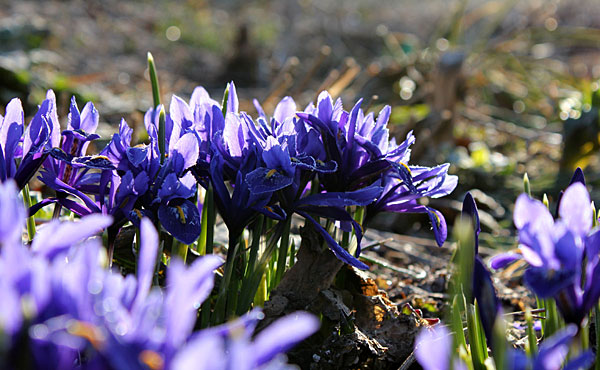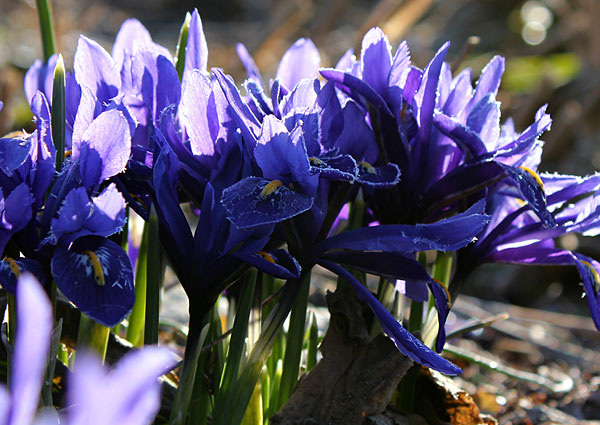 If you ever wonder why I don’t write more on Ellis Hollow, it’s because I spend a lot of time at my day job writing. Much of it appears on the Cornell Horticulture blog. I’ve reblogged a recent post below.
If you ever wonder why I don’t write more on Ellis Hollow, it’s because I spend a lot of time at my day job writing. Much of it appears on the Cornell Horticulture blog. I’ve reblogged a recent post below.
There are many things gardeners can do to cope with climate change. And at the same time, they can reduce their greenhouse gas emissions and take other steps to slow the warming of the planet.
That’s the message delivered by David Wolfe, professor in the Department of Horticulture at Cornell University, in a chapter of The New American Landscape: Leading Voices on the Future of Sustainable Gardening, newly published by Timber Press.
While gardeners everywhere like to complain about the weather, now they have to contend with an increasingly unpredictable climate. “We are in the unfortunate situation of being the first generation of gardeners, ever, who cannot rely on historical weather records to tell us what our climate is, or what to expect in the future,” writes Wolfe.
Those in cooler climates might welcome longer growing seasons, Wolfe points out. But we should be careful what we wish for because “… we are entering an era of great uncertainty that makes gardening even more challenging than it was before.”
On the bright side, as climate zones shift, gardeners can experiment with new plants that they couldn’t grow before. But they may no longer be able to grow some favorites, and changes in the climate may favor aggressive weeds and invasive exotics. Warm winters may also allow certain disease and insect pests to overwinter and become more troublesome.
Paradoxically, warmer winters can also lead to more freeze and frost damage when plants fail to “harden off” sufficiently before cold weather hits, or they bloom prematurely in spring only to have flowers killed by late frosts.
More heat stress in summer can hurt even warm-weather plants like tomatoes, causing them to abort flowers and fruit. And predictions based on climate models also include more variable precipitation – longer droughts, fewer but heavier rains causing more flooding and combinations of both. Too much water can lead to root diseases, delayed planting, and soil erosion and compaction.
For more than a decade, Wolfe has focused his research on how farmers can adapt to and mitigate the effects of climate change, and he currently heads up a $4.7-million, U.S. Department of Agriculture-funded project to help farmers become part of the solution. He offers these tips to help gardeners cope:
- Diversify plant selection. Try new varieties that may be better adapted to the changing climate where you garden. Look for plants that tolerate heat and drought stress and are resistant to diseases and insect pests.
- Cautiously shift planting times. For example, plant cool-season crops earlier so you can harvest them before the season heats up.
- Look out for new weeds, pests and diseases. A warmer climate will help many get a leg up on crops.
- Be prepared to deal with too much – or too little – water. Add organic matter to your soil to both improve drainage in chronic wet spots and hold more water in drought-prone areas.
Gardeners can also reduce their carbon footprint and help slow planetary warming:
- Be strategic with nitrogen fertilizers. Synthetic nitrogen uses copious amounts of energy to manufacture. And once applied, a portion inevitably is released as nitrous oxide, a potent greenhouse gas. Try legume cover crops (which can take nitrogen from the air and leave it in the soil to fertilize future crops) and local sources of manure or compost instead.
- Store carbon in your soil. Crops remove carbon dioxide from the air and leave it in the soil as organic matter. Till your soil less because tillage breaks down organic matter and returns carbon dioxide to the atmosphere.
- Plant trees. They store carbon in wood. Windbreaks can reduce energy used for heating buildings and shade trees can reduce cooling needs.
- Reduce, reuse and recycle disposable products. Use organic mulches instead of plastics, for example.
- Reduce fossil fuel use. Cut back on how much lawn you mow, and keep engines well-tuned.
Wolfe is also the author of the award-winning Tales From the Underground: A Natural History of Subterranean Life (2001, Basic Books). Timber Press (www.timberpress.com) is a leading publisher of books on gardening, ornamental and edible horticulture, garden design, sustainability, natural history, and the Pacific Northwest. Other topics in The New American Landscape (available April 6) include meadow gardens, native plants, wildlife, soil health, green roofs, water-wise gardening and more.

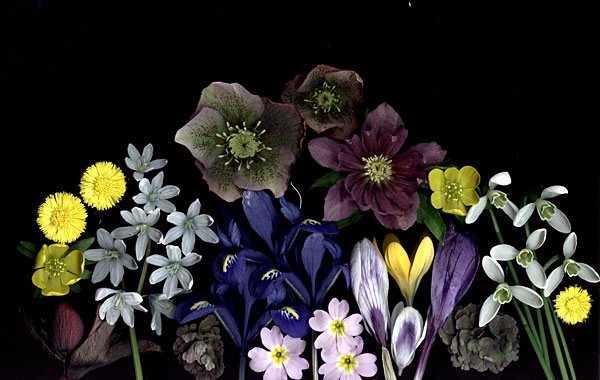
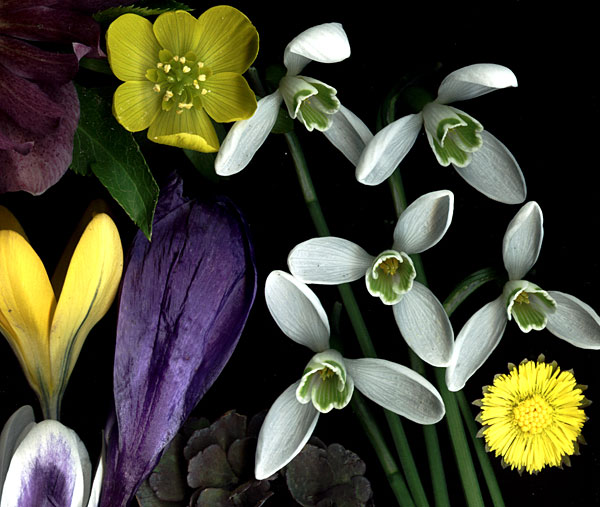


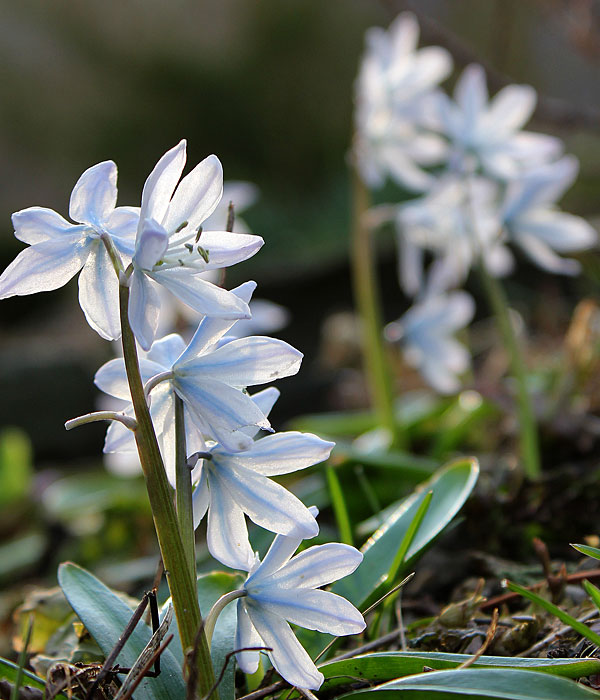
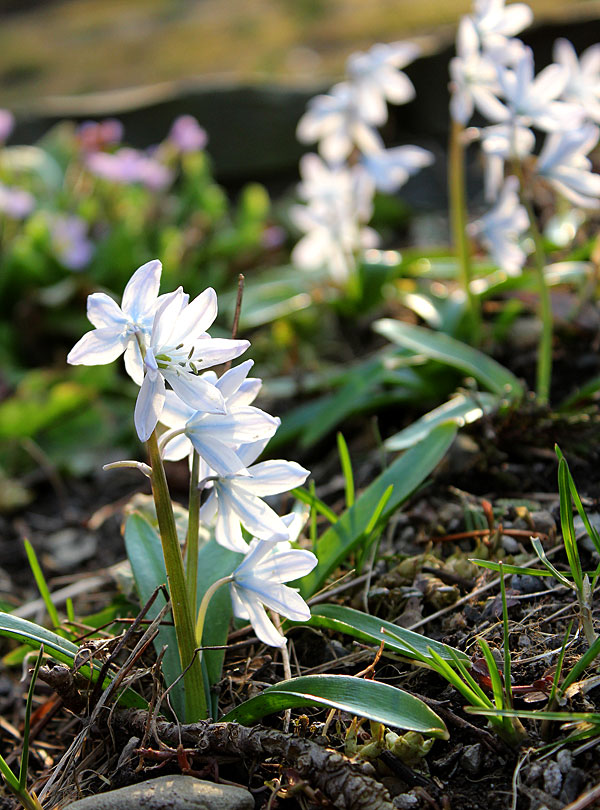


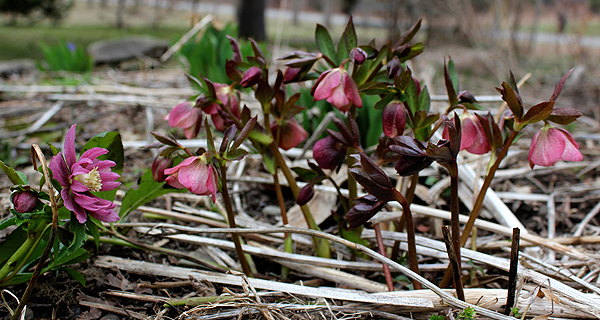
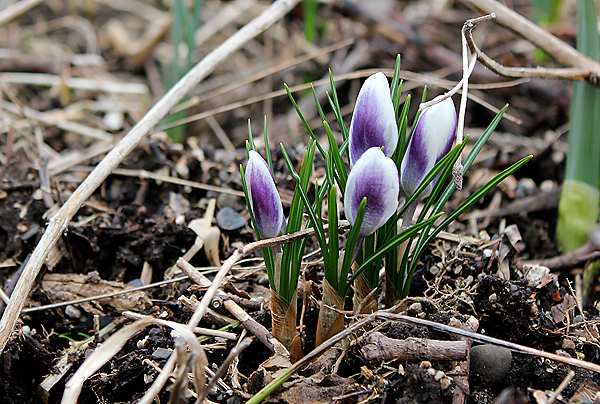

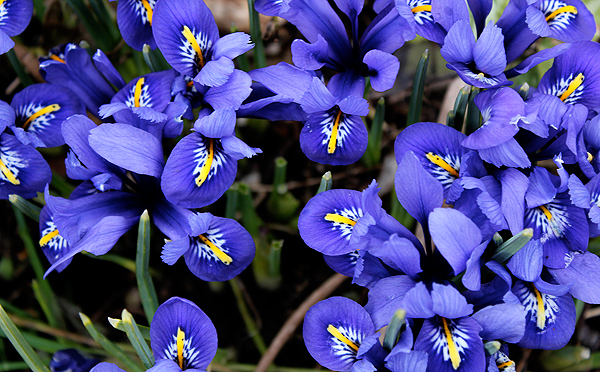
 If you ever wonder why I don’t write more on Ellis Hollow, it’s because I spend a lot of time at my day job writing. Much of it appears on the
If you ever wonder why I don’t write more on Ellis Hollow, it’s because I spend a lot of time at my day job writing. Much of it appears on the 